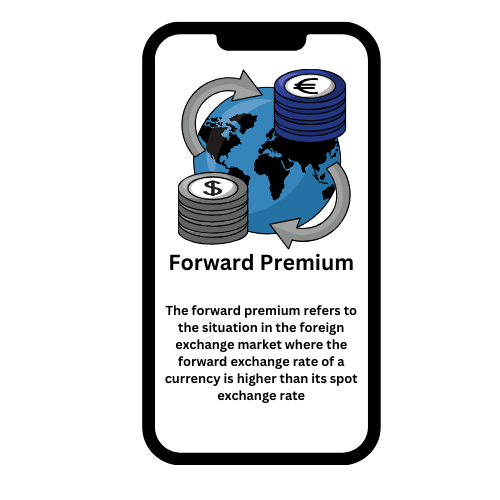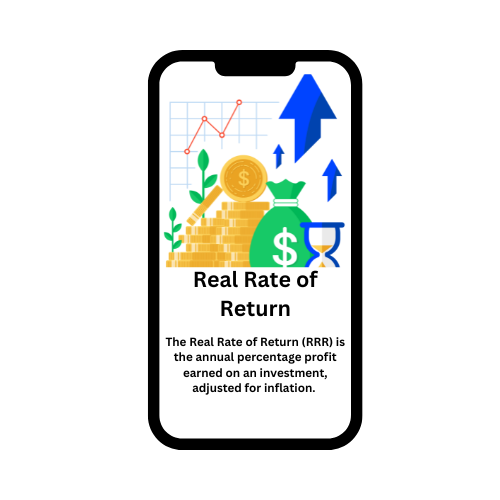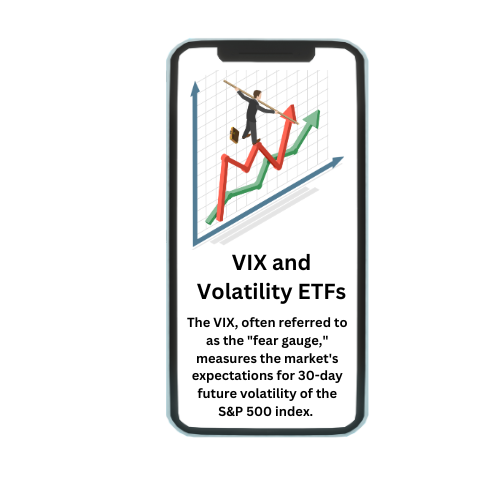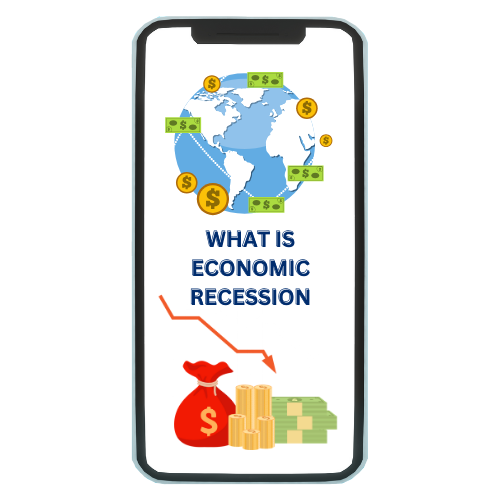The forward premium refers to the situation in the foreign exchange market where the forward exchange rate of a currency is higher than its spot exchange rate. This typically happens when the interest rates of two countries differ, causing the currency of the country with the lower interest rate to be expected to depreciate relative to the currency of the country with the higher interest rate. Investors and businesses use forward contracts to hedge against currency risk, and when the forward rate is higher, they pay a premium to lock in that future rate. This premium can be influenced by factors such as inflation expectations, interest rate differentials, and market perceptions of economic stability. The forward premium is a key concept in international finance, as it reflects market expectations about future currency movements and can influence decisions on cross-border investments and trade.
The Basics of Forward Premium
- Definition: The forward premium occurs when the forward exchange rate of a currency is higher than its current spot exchange rate.
- Interest Rate Influence: The primary driver behind a forward premium is the difference in interest rates between two countries. Generally, a currency with a lower interest rate will trade at a forward premium relative to a currency with a higher interest rate.
- Hedging Tool: Investors and businesses use forward contracts to hedge against potential currency fluctuations. Paying a forward premium allows them to secure a specific exchange rate for a future date, reducing uncertainty in international transactions.
- Market Expectations: The forward premium reflects the market’s expectations regarding future currency movements. It can be influenced by factors such as anticipated inflation, economic stability, and interest rate differentials.
- Significance in Finance: Understanding the forward premium is crucial in international finance as it impacts decisions related to cross-border trade, investments, and currency speculation.
How Forward Premium Works
- Forward Contract Setup: A forward premium arises in a forward contract, where two parties agree today to exchange currencies at a specific rate on a future date. This rate is known as the forward rate.
- Interest Rate Differentials: The forward premium is typically the result of differing interest rates between two countries. If Country A has lower interest rates than Country B, the currency of Country A is likely to trade at a premium in the forward market.
- Calculation of Premium: The forward premium is calculated as the difference between the forward exchange rate and the spot exchange rate. If the forward rate is higher than the spot rate, the difference is considered a premium.
- Currency Depreciation Expectation: The premium reflects the market’s expectation that the currency with the lower interest rate will depreciate in the future, hence the need to lock in a higher forward rate.
- Hedging and Speculation: Businesses and investors use forward contracts with premiums to hedge against potential losses due to currency depreciation or to speculate on future currency movements.
- Impact on Trade and Investment: The presence of a forward premium influences trade and investment decisions, as it affects the cost of future currency exchanges, thereby impacting profitability and financial planning in international markets.
Calculating Forward Premium
Calculating forward premium involves determining the difference between the forward exchange rate and the spot exchange rate, and then expressing this difference as a percentage of the spot rate. The formula typically used is:
Forward Premium% = ((Forward Rate − Spot Rate) / Spot Rate) × 360 / Number of Days Until Settlement × 100
This calculation helps quantify how much more (or less) the forward rate is compared to the spot rate, adjusted for the length of the forward contract. If the result is positive, it indicates a forward premium, meaning the forward rate is higher than the spot rate, often due to differences in interest rates between the two currencies involved. This percentage is crucial for investors and businesses to understand the cost of hedging or speculating in foreign exchange markets over a given time period.
Factors Influencing Forward Premium
- Interest Rate Differentials: The primary factor is the difference in interest rates between two countries. A higher interest rate in one country compared to another typically results in the currency of the lower interest rate country trading at a forward premium.
- Inflation Expectations: Anticipated inflation rates can impact the forward premium. If one country is expected to have higher inflation, its currency might depreciate in the future, leading to a forward premium for the other currency.
- Economic Stability: The overall economic health and stability of a country can influence its currency’s forward premium. A more stable economy with a lower risk of currency depreciation tends to have a currency that trades at a forward premium.
- Political Risk: Political events or instability in a country can affect currency valuations and lead to a forward premium as investors seek to hedge against potential losses due to political uncertainties.
- Market Sentiment: Perceptions and speculations about future economic conditions, central bank policies, or global events can also play a role in determining the forward premium, as these factors influence expectations about future currency movements.
- Supply and Demand for Currency: The demand for a currency in the forward market, relative to its supply, can influence the forward premium. High demand for a currency in forward contracts may push its forward rate above the spot rate, resulting in a premium.
The Relationship Between Forward Premium and Exchange Rates
The relationship between forward premium and exchange rates is rooted in the interplay between interest rates and currency values in the foreign exchange market. When a currency trades at a forward premium, it means the forward exchange rate is higher than the current spot exchange rate. This usually occurs when the interest rate in the country of the currency is lower than that of another currency in the pair. According to the covered interest rate parity theory, this difference in interest rates is offset by the forward premium, ensuring that there is no arbitrage opportunity. Essentially, the forward premium compensates for the lower interest rate by indicating that the currency is expected to depreciate over time. Therefore, the forward premium serves as an indicator of market expectations regarding future exchange rates, reflecting how currencies might adjust in response to differing economic conditions and interest rate policies across countries.
Real-World Applications of Forward Premium
- Hedging Foreign Exchange Risk: Companies engaged in international trade use forward premiums to hedge against potential losses due to currency fluctuations. By locking in a forward rate, they can stabilize costs and revenues in foreign currencies.
- Investment Strategies: Investors use forward premiums to make informed decisions about investing in foreign assets. A forward premium might indicate that a currency is expected to depreciate, guiding investors on whether to hold or sell certain assets.
- Arbitrage Opportunities: Traders exploit forward premiums for arbitrage, capitalizing on discrepancies between interest rates and currency values. By simultaneously entering into spot and forward contracts, they can lock in risk-free profits if the premium does not align with interest rate differentials.
- Interest Rate Parity: Financial institutions use forward premiums to enforce covered interest rate parity, ensuring that the difference between interest rates of two countries is accurately reflected in the forward exchange rate. This helps maintain equilibrium in the foreign exchange market.
- Pricing of Financial Instruments: Derivatives such as options and futures contracts often consider forward premiums in their pricing models. Understanding the premium helps in accurately pricing these instruments to manage risk and optimize returns.
- Government and Policy Analysis: Central banks and governments monitor forward premiums as they provide insights into market expectations regarding future economic conditions, interest rate changes, and currency stability, which can influence monetary and fiscal policies.
Examples of Forward Premium in Action
- International Trade: Suppose a U.S. company exports goods to Europe and will receive payment in euros in six months. If the forward rate for EUR/USD is higher than the spot rate, this indicates a forward premium. The company can lock in the forward rate to secure a predictable exchange rate, protecting against potential depreciation of the euro and stabilizing its revenue.
- Investment in Foreign Assets: An investor in the U.S. considering an investment in Japanese stocks might notice a forward premium on the JPY/USD pair. This premium suggests that the yen is expected to depreciate against the dollar. The investor might use this information to adjust their portfolio, potentially avoiding or rebalancing their exposure to yen-denominated assets.
- Currency Arbitrage: A trader observes that the forward rate for GBP/USD is significantly higher than the spot rate, indicating a forward premium. By entering into a spot contract to buy pounds and simultaneously selling pounds forward, the trader can exploit the interest rate differential between the two currencies to generate a profit.
Advantages of Using Forward Premium
- Risk Management: Forward premiums allow businesses and investors to manage foreign exchange risk by locking in future exchange rates. This ensures that costs and revenues are predictable, reducing the impact of adverse currency fluctuations.
- Predictable Cash Flows: By securing a forward rate, companies can forecast their future cash flows with greater accuracy. This stability is crucial for budgeting and financial planning, especially for businesses with international operations.
- Protection Against Currency Depreciation: For entities dealing in foreign currencies, a forward premium can act as a hedge against the risk of currency depreciation. By agreeing to a higher forward rate, they can mitigate potential losses if the currency weakens.
- Enhanced Financial Planning: Forward premiums provide certainty about future exchange rates, which helps in making informed decisions about investments and financing. This predictability aids in aligning financial strategies with business goals.
- Arbitrage Opportunities: Traders and investors can capitalize on forward premiums by engaging in arbitrage. Exploiting discrepancies between spot and forward rates, they can achieve risk-free profits based on interest rate differentials.
Disadvantages and Risks of Forward Premium
- Opportunity Cost: By locking in a forward rate at a premium, businesses and investors may miss out on potentially more favorable exchange rates in the future. If the actual spot rate moves more favorably than the forward rate, the premium paid could result in a financial disadvantage.
- Counterparty Risk: Forward contracts involve the risk that the counterparty may default on their obligations. If the other party fails to fulfill the contract, the entity may face financial losses or complications in managing currency exposure.
- Complexity and Cost: Entering into forward contracts can involve complex calculations and administrative processes. Additionally, financial institutions may charge fees or impose higher rates to compensate for the risks associated with forward contracts, increasing the overall cost.
- Lack of Flexibility: Once a forward contract is established, it is legally binding. This lack of flexibility means that if business needs or market conditions change, it can be challenging to adjust the terms of the contract without incurring additional costs.
- Potential for Mispricing: Forward premiums are based on interest rate differentials and market expectations, which can be influenced by various factors. Misestimations or incorrect assumptions about future economic conditions can lead to mispricing and financial risk.
Conclusion
In conclusion, while forward premiums offer significant advantages such as risk management, predictable cash flows, and strategic financial planning, they also come with notable disadvantages and risks. The ability to lock in exchange rates helps mitigate the impact of currency fluctuations and stabilize business operations and investments. However, the opportunity cost of potentially more favorable future rates, counterparty risk, and added complexity must be carefully weighed. The financial commitment required for forward premiums may also limit flexibility and potentially impact profit margins if market conditions shift unexpectedly. Therefore, it is crucial for businesses and investors to conduct thorough analyses and consider their specific needs and market conditions before engaging in forward contracts. Balancing the benefits of reduced uncertainty with the potential risks ensures more informed decision-making and effective management of foreign exchange exposure.






